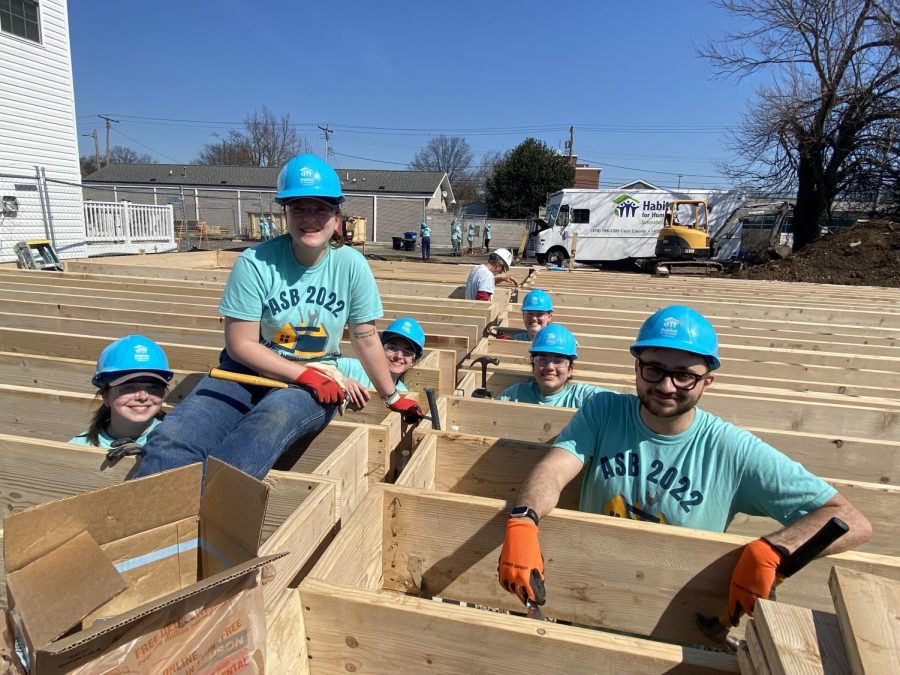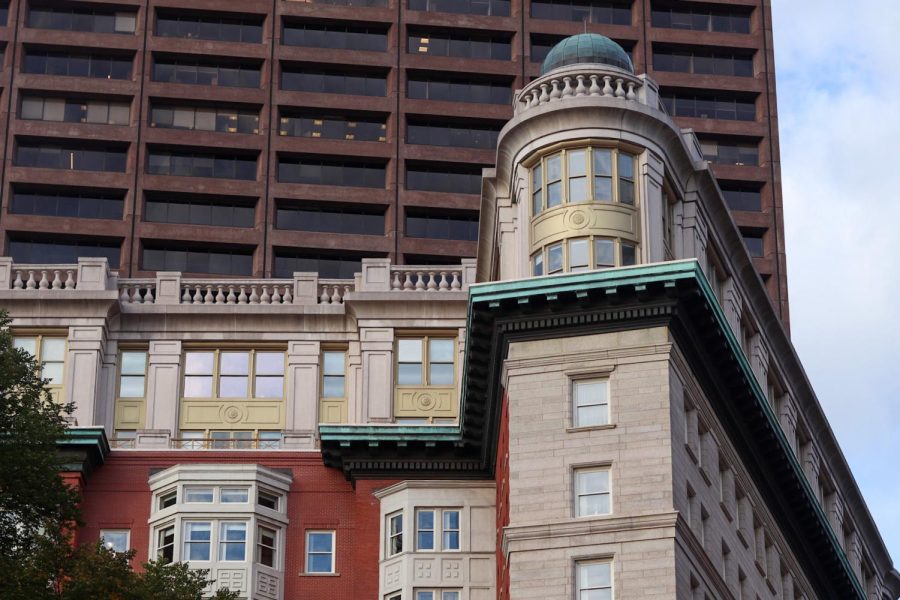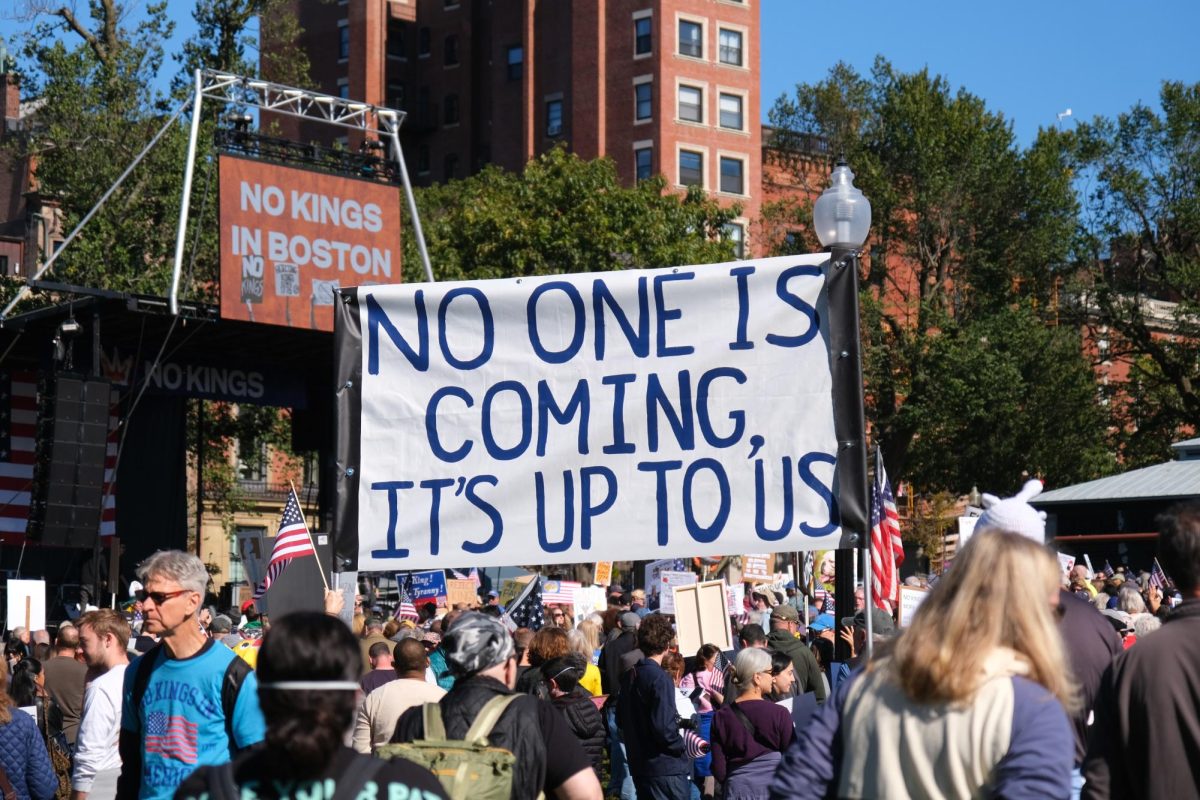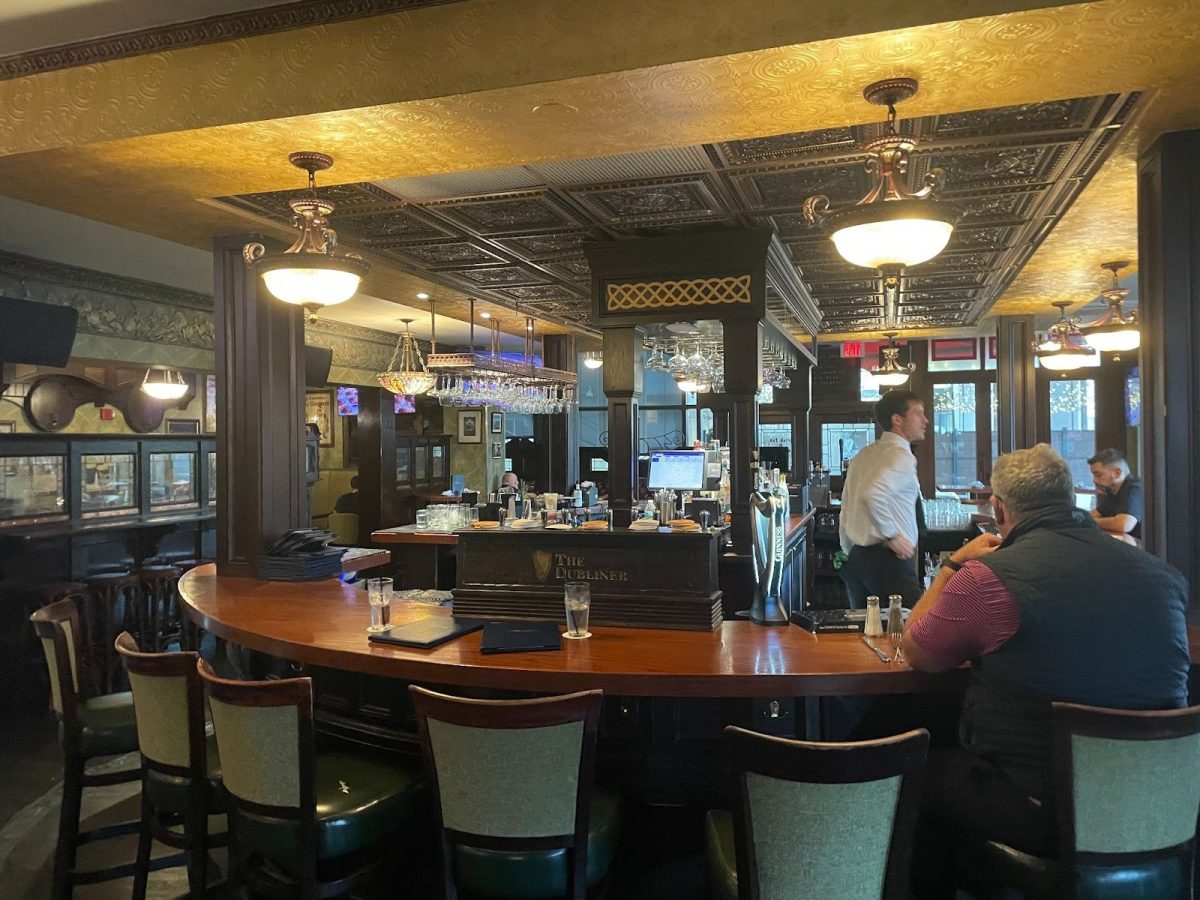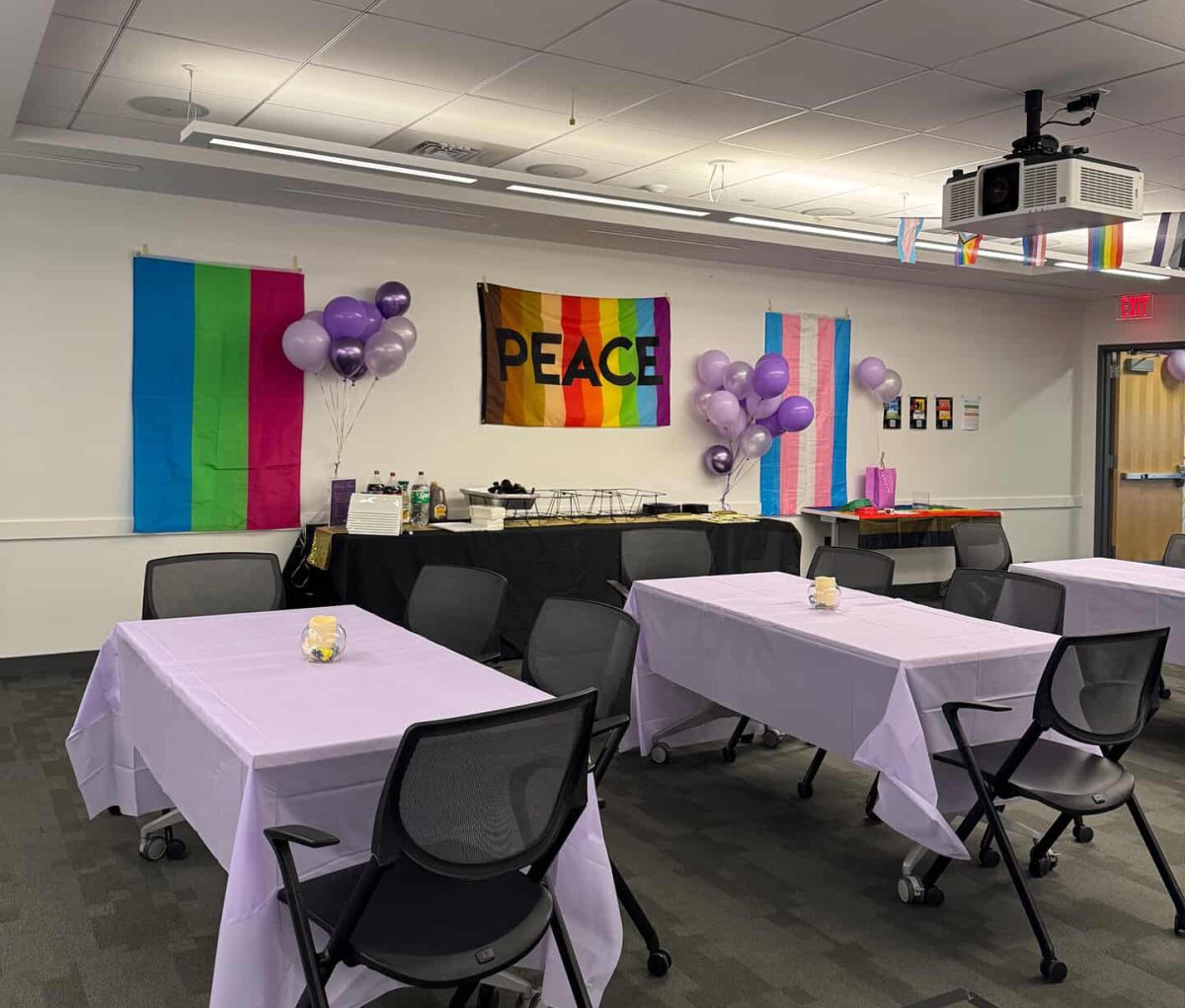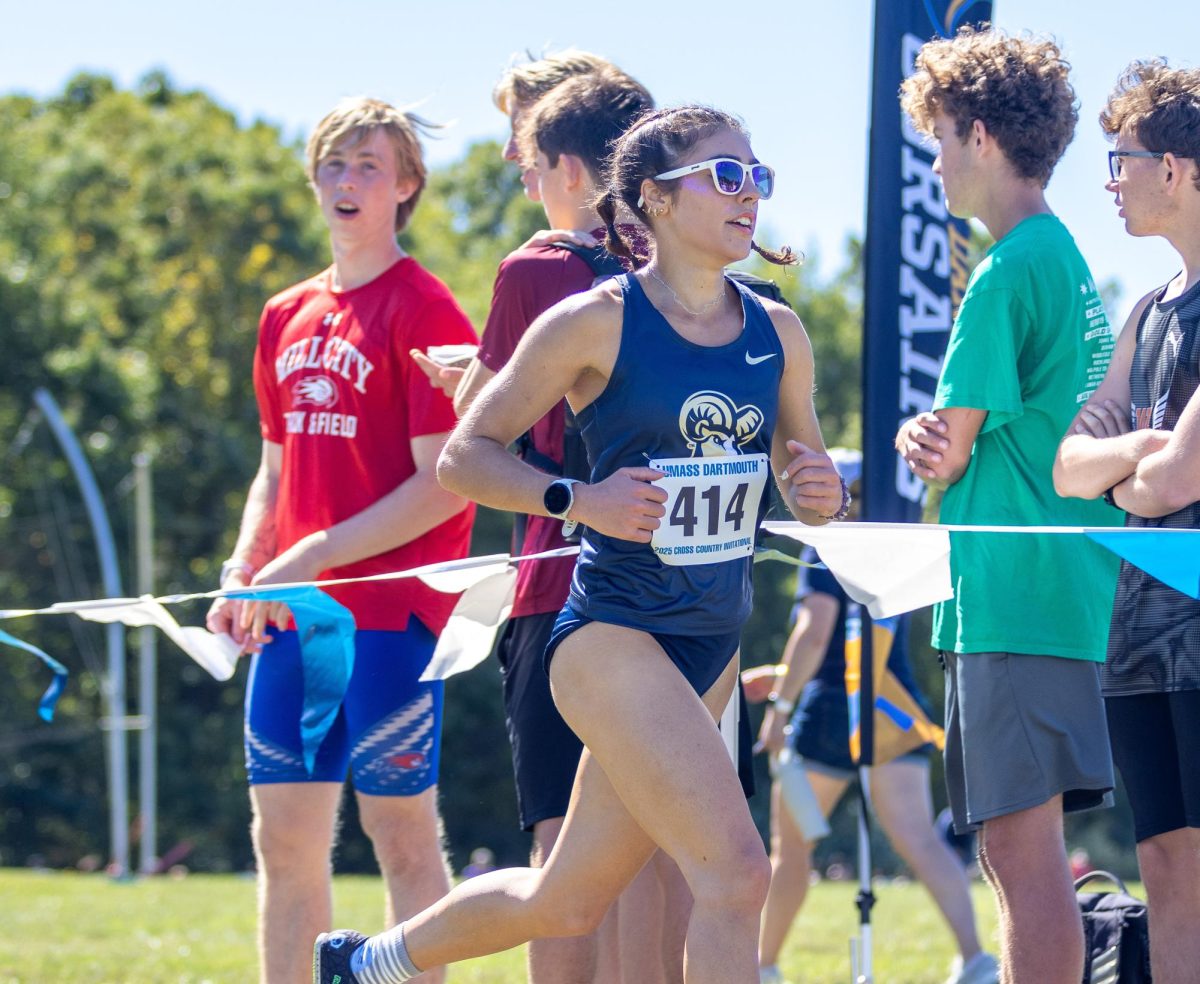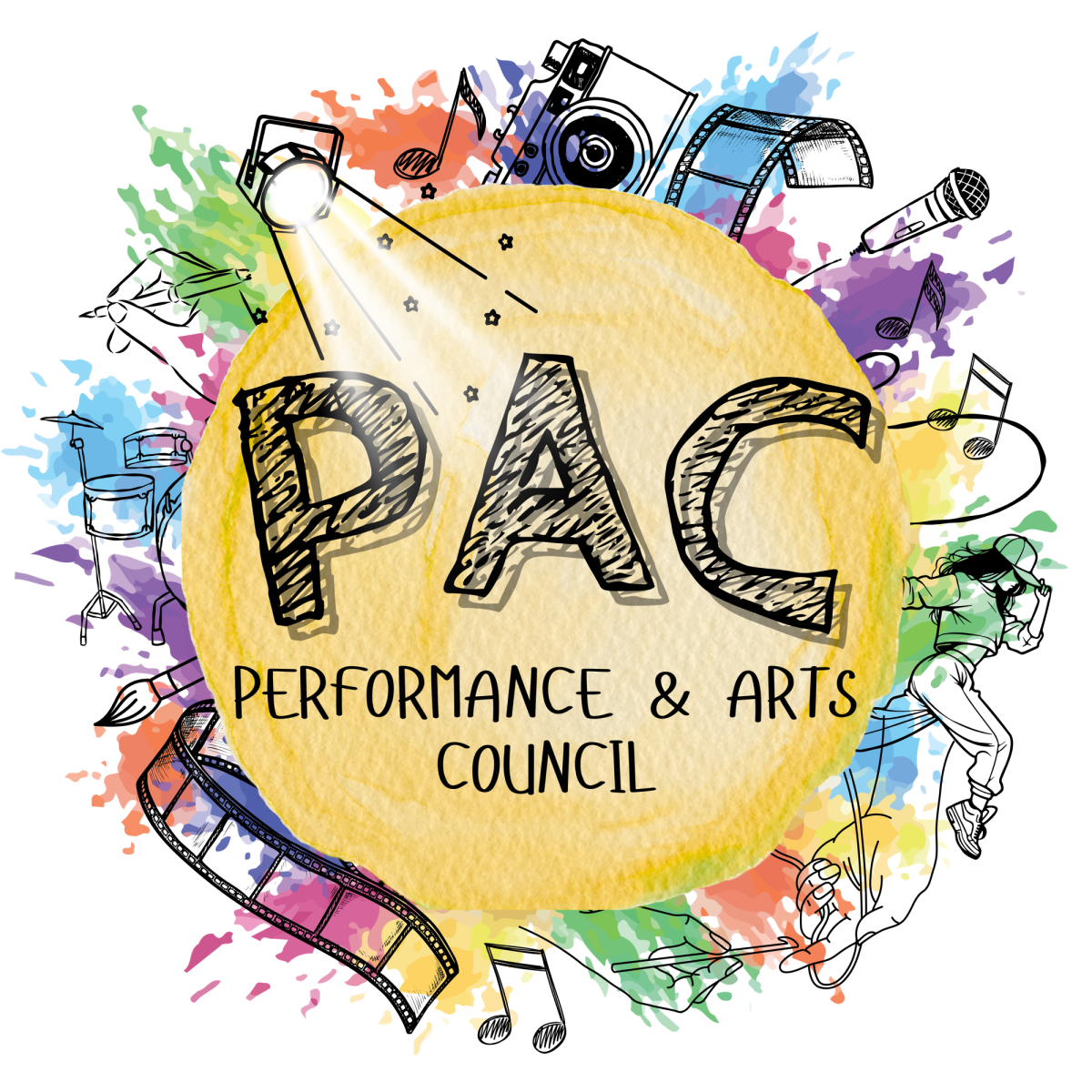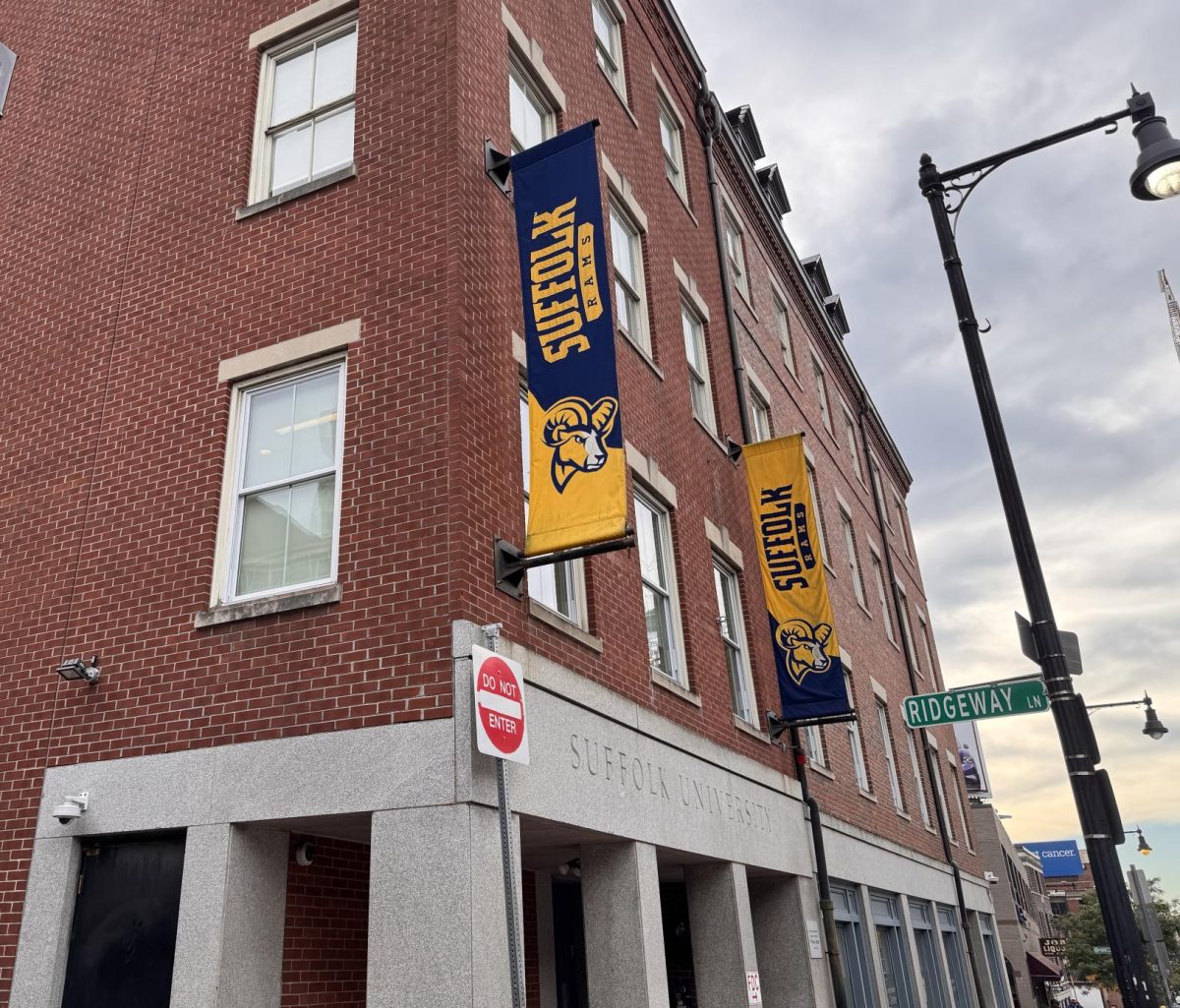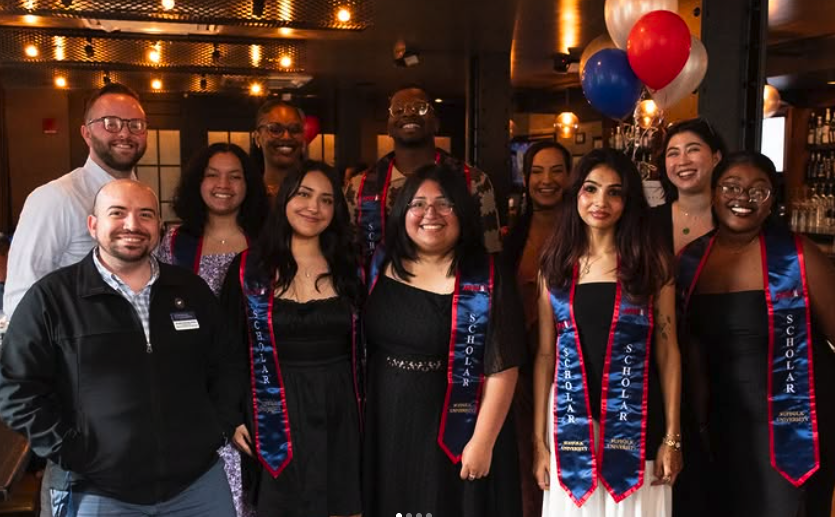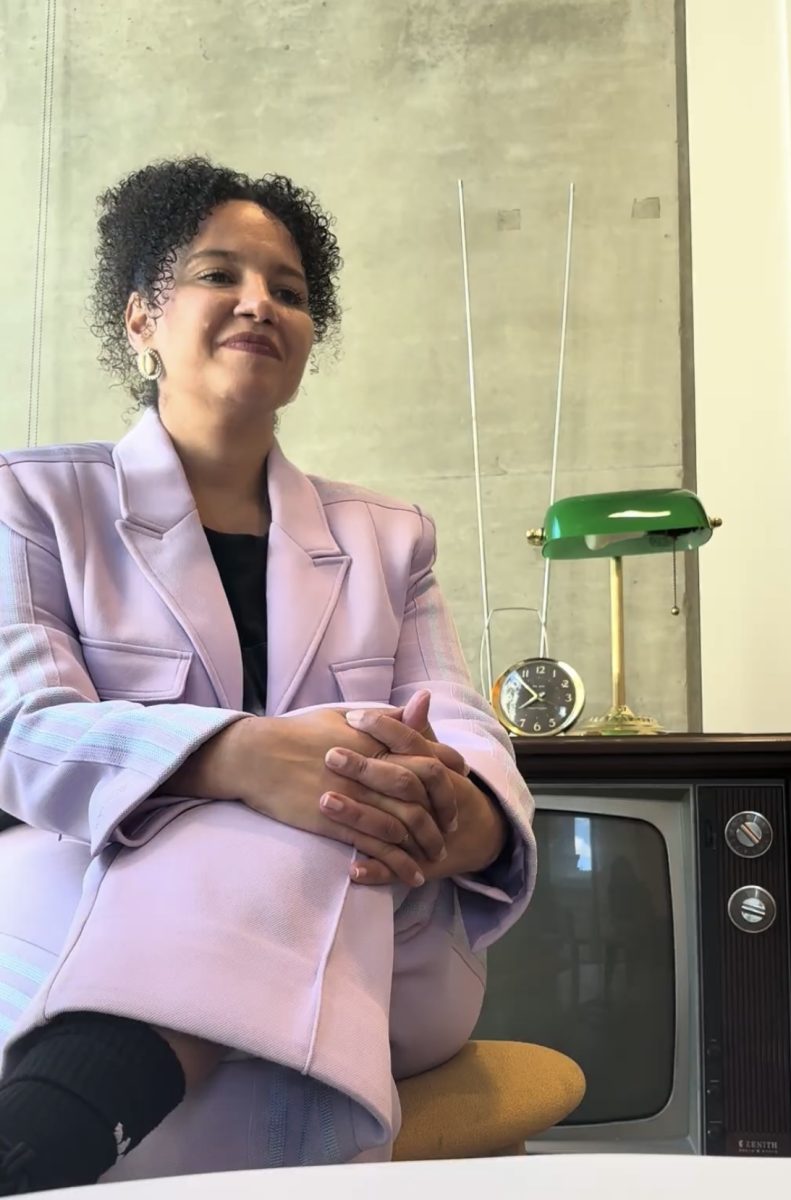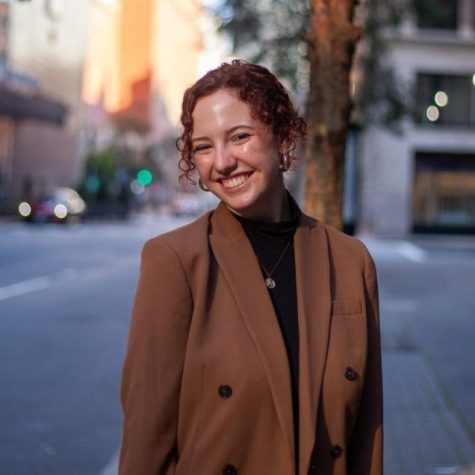Alternative Spring Break traveled for the first time in two years, bringing Suffolk University students to Northern Maryland to help build houses in partnership with Habitat for Humanity Susquehanna.
The program, run by the Center for Community Engagement, sent students to Rising Sun, Aberdeen, Bel Air and Havre de Grace to work on four different construction sites.
“We’re very excited that the CCE’s travel service programs are back,” said Adam Westbrook, director of the CCE. “ASB and [Alternative Winter Break] push students outside of their comfort zone to learn and serve with communities all over the world.”
Eric Doty, a senior international relations major, said the program was unlike any other.
“I didn’t really know what to expect going into this trip,” Doty said. “Building houses, trying out new tools, it was just such a cool experience.”
Jaqueline Lainez, a senior journalism major, has been a part of ASB since her freshman year. This year, she was one of the student leaders for a group of 11 participants that traveled to Bel Air.
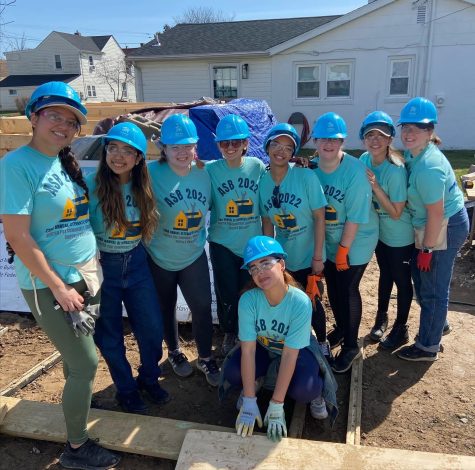 “The trip I did my freshmen year was a great experience for me,” Lainez said. “I opened up to other students and learned more about Suffolk by talking with the other students, and it opened my eyes to issues within the community we visited and how we could take what we learned and be aware of what’s happening in our local communities like in Boston. I really enjoyed it and wanted to have that same type of experience again.”
“The trip I did my freshmen year was a great experience for me,” Lainez said. “I opened up to other students and learned more about Suffolk by talking with the other students, and it opened my eyes to issues within the community we visited and how we could take what we learned and be aware of what’s happening in our local communities like in Boston. I really enjoyed it and wanted to have that same type of experience again.”
For Lainez, ASB is about more than a volunteer opportunity.
“[ASB] shows how I want to improve as a leader and as a person, and how I want to continue to give back to communities that are less fortunate, not for the pat on the back but because I am able to give back,” Lainez said.
Doty was originally part of ASB in 2020, but was unable to participate because of the COVID-19 pandemic. This year, however, he said he was able to see firsthand what nonprofits do, and how they can improve.
“We hear a lot about fundraising […] but we really got to see how far that money went, like how many materials that goes to and how much of a house can be built with that amount of money,” Doty said.
He added that the ASB team asked “challenging and difficult questions” of the Habitat leaders to learn more about their work and how the communities can be further serviced.
Doty added that the participants within ASB made the trip particularly memorable, as the group bonded over the week.
“We really became like a close-knit family, getting to spend a week together, going from this group of people that met once a week for six weeks before this trip and really didn’t know each other outside of class. By the end of it, we were all friends,” said Doty.
From attending a dedication ceremony for a family who had been waiting over two years for a house to hammering in a foundation, ASB students were involved in hands-on work to give back to various Maryland communities.
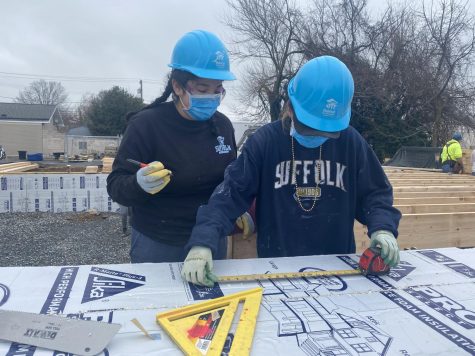 In addition to the Maryland trip, ASB also partnered with INTO Suffolk to send eight students to volunteer at various organizations across Boston, which helped them learn more about the community they live in.
In addition to the Maryland trip, ASB also partnered with INTO Suffolk to send eight students to volunteer at various organizations across Boston, which helped them learn more about the community they live in.
The students worked with Boston-based nonprofits and organizations like Cradles to Crayons, Community Servings, Brighten a Day and Revision Urban Farm. Throughout the week, students served over 1,000 meals and became closer to the Boston community.
Lindsay Gavin, the CCE graduate fellow for travel volunteer programs, played a crucial role in organizing both ASB trips.
According to Gavin, students work throughout the year to prepare for the trips, including participating in six weeks of social justice training. In this training, students learned about the nuances of identity, discrimination and white saviorism.
“A lot of times, in this type of work, that savorism aspect really comes into play and a lot of people have varying complexes about going into underserved communities,” Gavin said.
Gavin said the human impact is what makes ASB unique.
“Even though we can nit-pick from the outside, when you’re actually in the work and hammering those nails, doing the final touches and then seeing the person that has been waiting for that house for so long finally able to start to move and begin this new chapter, I think that’s what makes it worth it, because you realize that you’re solely affecting a real person,” Gavin said.
“It’s not just that you’re working on a construction site, you actually get to see the person that is going to live in their home,” Gavin continued.
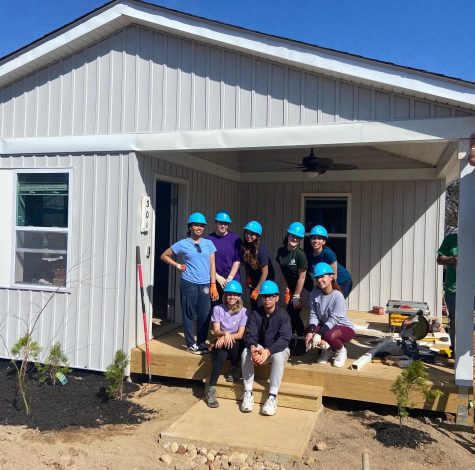 She added that COVID-19 created a particular challenge for ASB, as there was significant “risk-management” to consider. Ultimately, Gavin said CCE chose Maryland because its vaccination and COVID-19 rates were comparable to Massachusetts.
She added that COVID-19 created a particular challenge for ASB, as there was significant “risk-management” to consider. Ultimately, Gavin said CCE chose Maryland because its vaccination and COVID-19 rates were comparable to Massachusetts.
Despite this year’s challenges, the CCE was glad to send students to diverse communities outside of Boston once more.
“We’re thrilled that students will again have transformative experiences learning and partnering with communities as diverse as Washington, D.C and Bago, Myanmar to make a difference,” said Westbrook.


